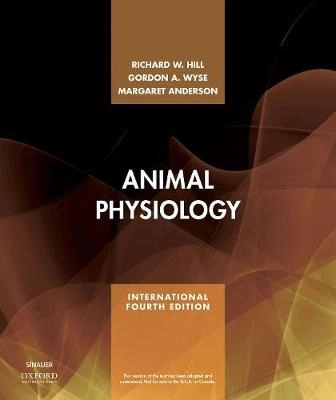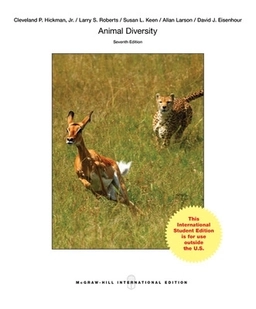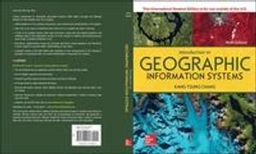Published by Sinauer Associates, an imprint of Oxford University Press. Animal Physiology, Fourth Edition, presents all the branches of modern animal physiology with a strong emphasis on integration of physiological knowledge, ecology, and evolutionary biology. Integration extends from genes to organ systems and from one physiological discipline to another. The book takes an entirely fresh approach to each topic. Its full-color illustrations include many novel, visually-effective features to help students learn. Each of the twenty-five main chapters starts with an animal example to engage student interest and demonstrate the value of the material that will be learned. The book includes five additional, briefer "At Work" chapters that apply students' newfound physiological knowledge to curiosity-provoking and important topics, including diving by marine mammals, the mechanisms of navigation, and muscle plasticity in use and disuse. The book is committed to a comparative approach throughout. Whereas mammalian physiology is consistently treated in depth, emphasis is also given to the other vertebrate groups, arthropods, and molluscs. Concepts and integrative themes are emphasized while giving students the specifics they need. The whole animal is the principal focus of this book. The book's extensive coverage of genomics and cellular-molecular biology is therefore carefully linked to whole-animal biology. With this edition, coverage of physiologically relevant genomics has been greatly expanded. The subject matter of animal physiology is also linked to topics in human affairs, such as athletic training and global warming. Always, the central organizing principle for the array of topics presented is to understand whole animals in the environments where they live. Complex principles are developed clearly using classroom-tested pedagogy, often with carefully designed conceptual illustrations. Concepts from chemistry, physics, and mathematics are explained so that the book will be accessible to science students at the sophomore or higher level. Pedagogical aids include embedded summaries throughout chapters, study questions (with online answers), partially annotated reference lists, an extensive glossary, ten appendices (covering logarithms, phylogenetically independent contrasts, basic physics terms, etc.), and an upgraded index. Carefully worded balloons are used extensively to guide students through the interpretation of figures. For all three authors, teaching physiology to undergraduate students has been a lifelong priority.
Åtkomstkoder och digitalt tilläggsmaterial garanteras inte med begagnade böcker





















